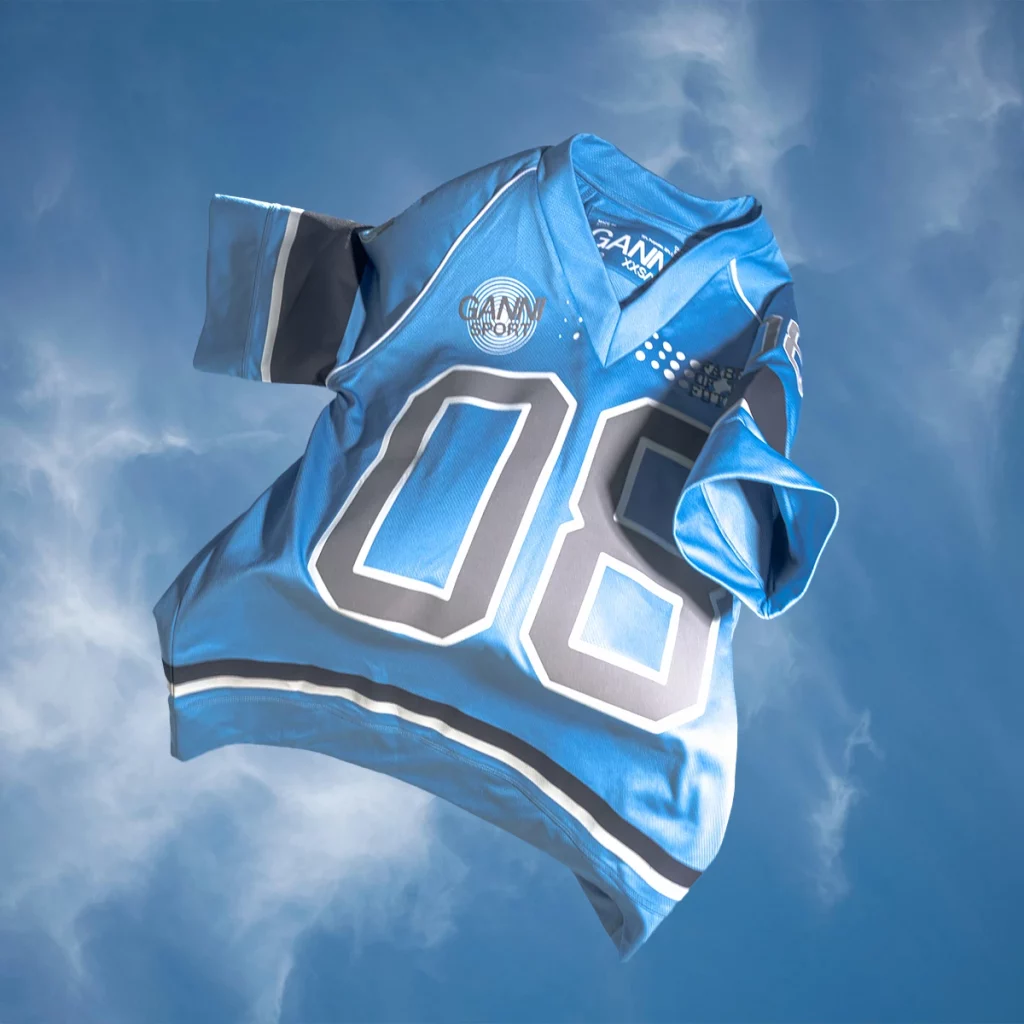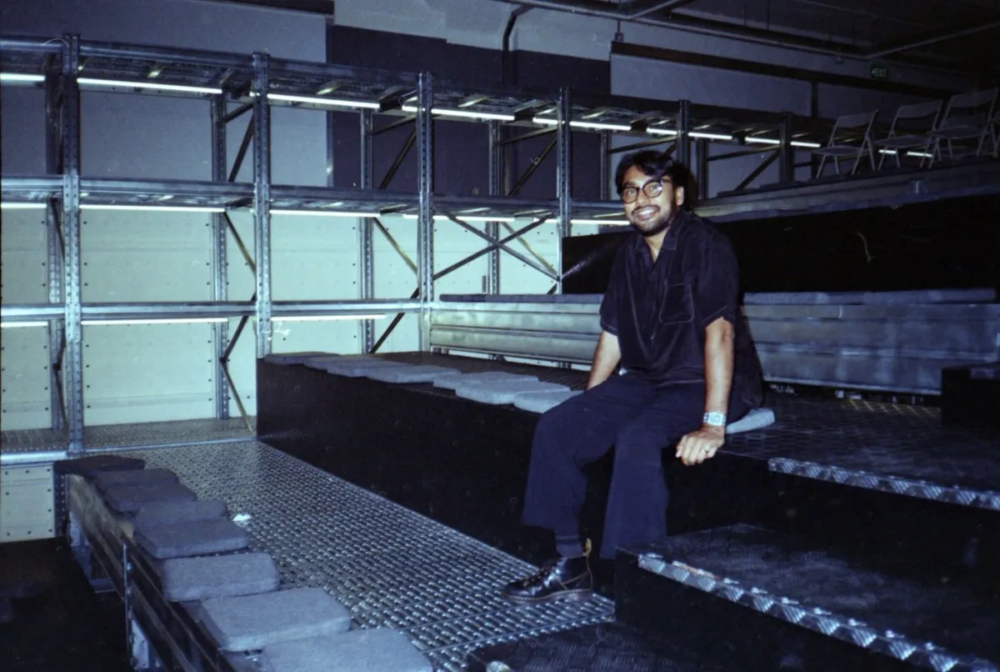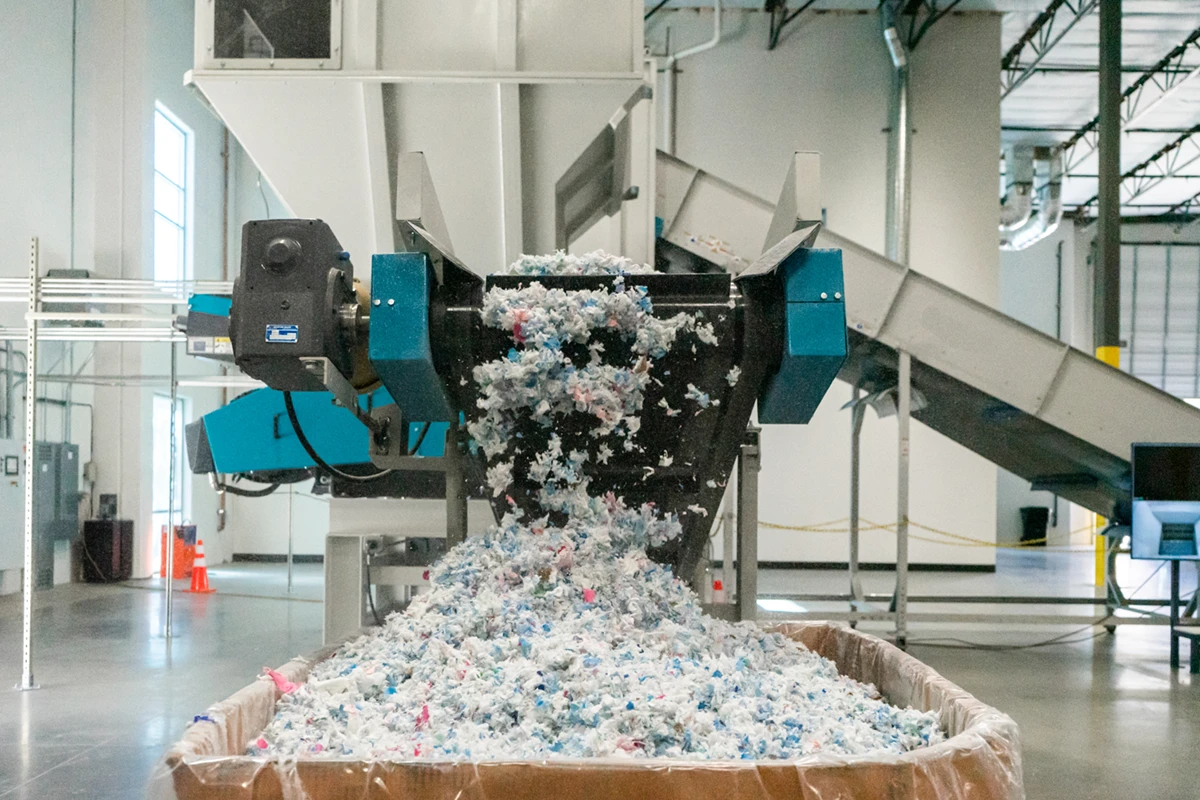
Molecular Regeneration: Ambercycle’s Technology for Textile Waste Recycling
Cycora®, the material developed by Shay Sethi and Moby Ahmed—founders of Ambercycle—offsets nearly half of the carbon dioxide emissions associated with virgin polyester production
From its headquarters in Los Angeles, the California-based company Ambercycle has established itself as a leading force in textile recycling, thanks to a technology with a vaguely futuristic name: molecular regeneration. This technology that enables Ambercycle to convert waste textile raw materials into new resources for fashion, technology, and the automotive industry. One example is their flagship product: cycora®.
This high-quality regenerated polyester offers the same durability and versatility as virgin polyester and has paved the way for collaborations with prominent brands like Danish label GANNI and the American brand Reformation.
The Origins of Ambercycle – Solving the Textile Waste Problem Through Technology
These achievements are the result of nine years of hard work and research by the company’s two co-founders, Shay Sethi and Moby Ahmed. Sethi and Ahmed, at the time still students at the University of California, Davis, had not set out to forge a future in the textile industry. Their goal was to help solve the textile waste problem through technology.
“When my college roommate and I started the company, we approached it from a technological standpoint. The initial idea was to take waste materials and find a better way to recycle them,” said Shay Sethi—biochemist, molecular biologist, and CEO of Ambercycle—in an interview with Lampoon Magazine. The textile waste issue is no small matter. Globally, 92 million tons of textile waste are produced each year, and by the end of 2030, that figure is projected to rise to 134 million tons annually (Kerr and Landry, 2017).
A contributing factor to the problem of textile waste, in addition to the overproduction driven by fast fashion and its neo-colonial-style production model, is the inadequacy of existing textile recycling systems. Although clothing is part of daily life for everyone, the vast majority of garments are never recycled. In fact, less than 1% of clothing is recycled at all, while 73% ends up in landfills (Moorhouse, 2020), creating widespread environmental repercussions.
“When we were 19, we discovered this problem and thought, ‘Wow, this is insane.’” Reflecting on the limitations of current textile recycling technologies, Sethi and Ahmed realized that “if there were a way to recycle the material and convert it into a new yarn without losing quality, that invention could truly transform the apparel industry.”
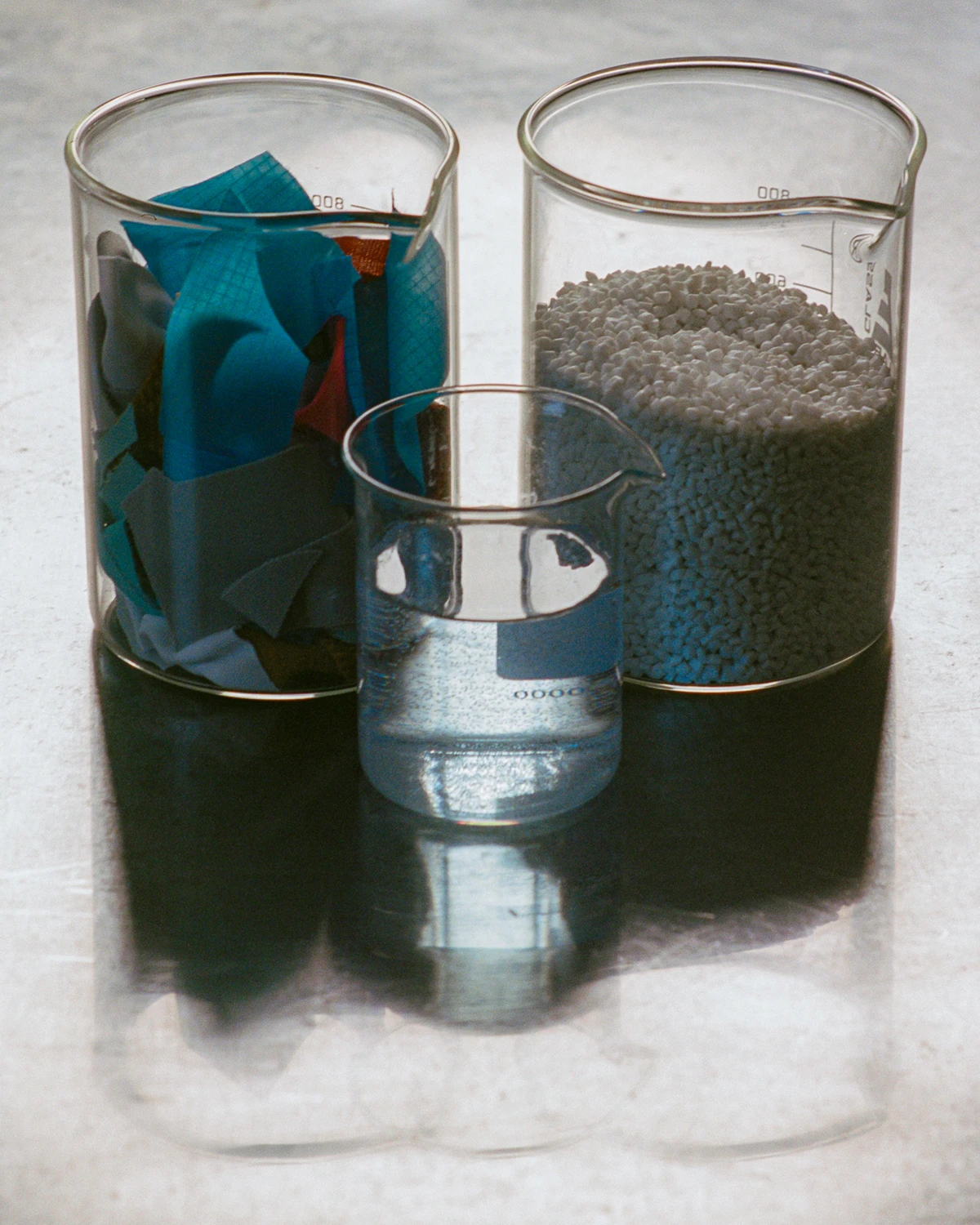
From Waste to New Yarns – Ambercycle’s Recycling Process
Ambercycle’s recycling process starts with second-hand clothing, using chemistry to separate various fibers at the molecular level.
“Take a T-shirt, for instance. Different fibers like cotton, polyester, nylon, and spandex get separated, and we primarily regenerate or extract the polyester. The product of our process is a kind of resin,” explained Sethi. This is the same material produced by oil refineries for the textile industry. “A lot of people don’t realize polyester comes from petroleum. We produce a resin that then goes into spinning operations.”
Polyester is indeed a petroleum-based product. Polyethylene terephthalate pellets are melted and extruded through small holes to create long filaments, which then solidify into fibers as they cool.
The Californian company’s textile recycling takes place in two phases, the second at temperatures not too different from those of a pizza oven. The first step is shredding. During this phase, non-textile elements like buttons and zippers are removed from the garments, which are then shredded.
“Now imagine a material made up of various shredded fabrics. This second step is where the real regeneration begins. We take these shredded materials, put them into stainless-steel vats, and mix them with certain liquids, transforming the different components into liquid form,” Sethi told Lampoon Magazine. “At that point, the polyester becomes liquid while the other materials remain solid. Once polyester is liquefied, we separate it from the other materials and remove dyes and additives. We then recover the liquid, cool it back down, and when it solidifies, the regenerated polyester is as good as new.”
Their Cycora® meets the spinnability standards of virgin materials and, according to an analysis by the European Center for Innovative Textiles (CETI)—a research center in Roubaix, France, specializing in textile research and design—it even outperforms other recycled materials.
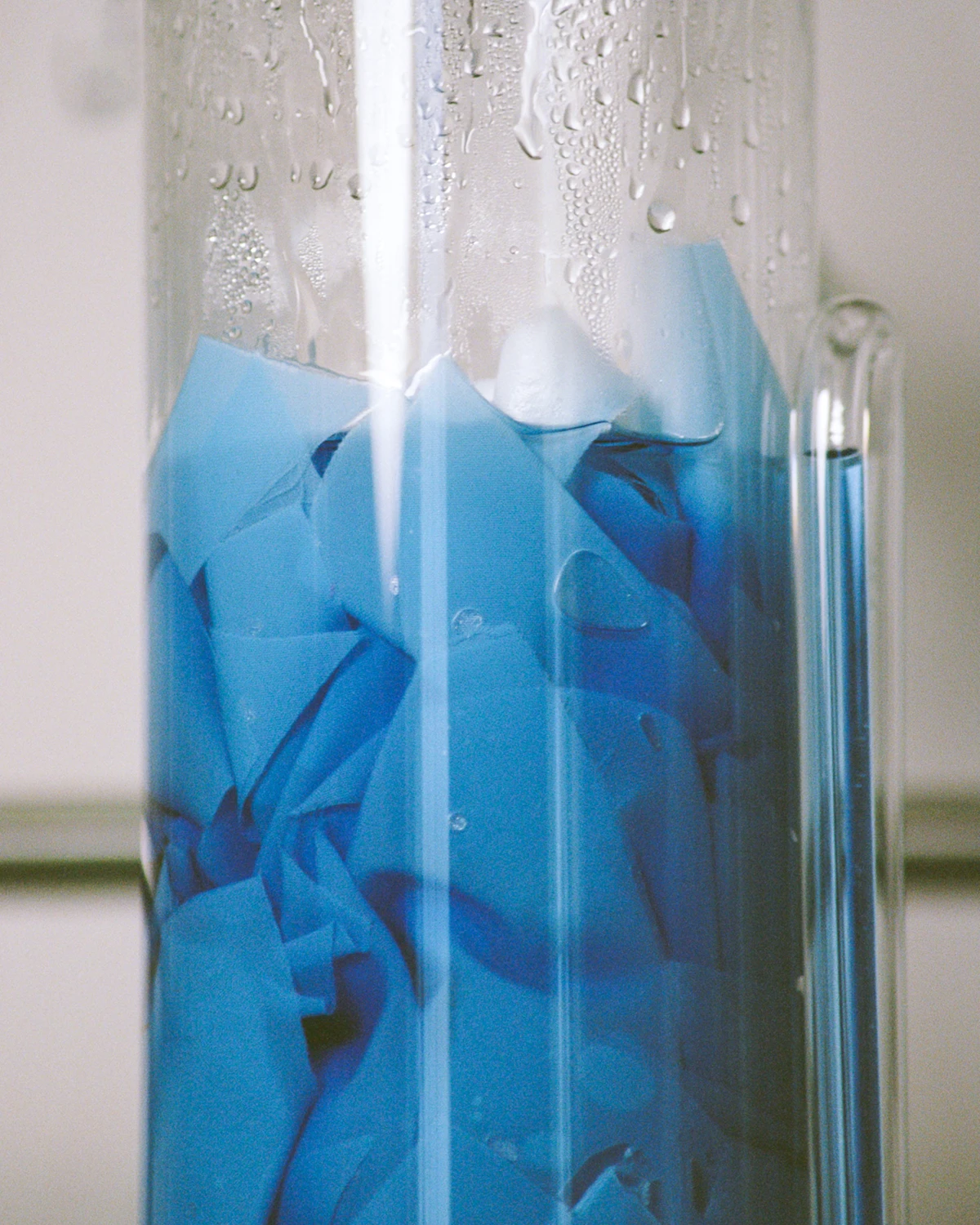

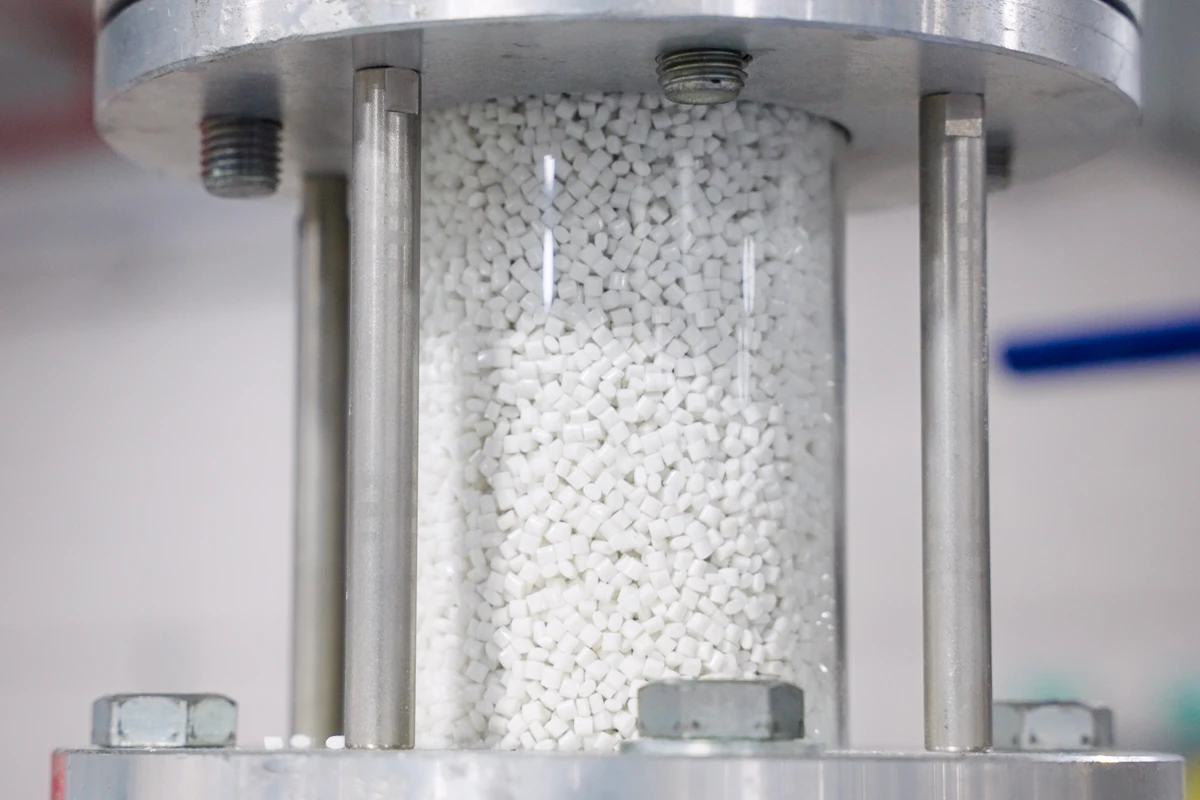
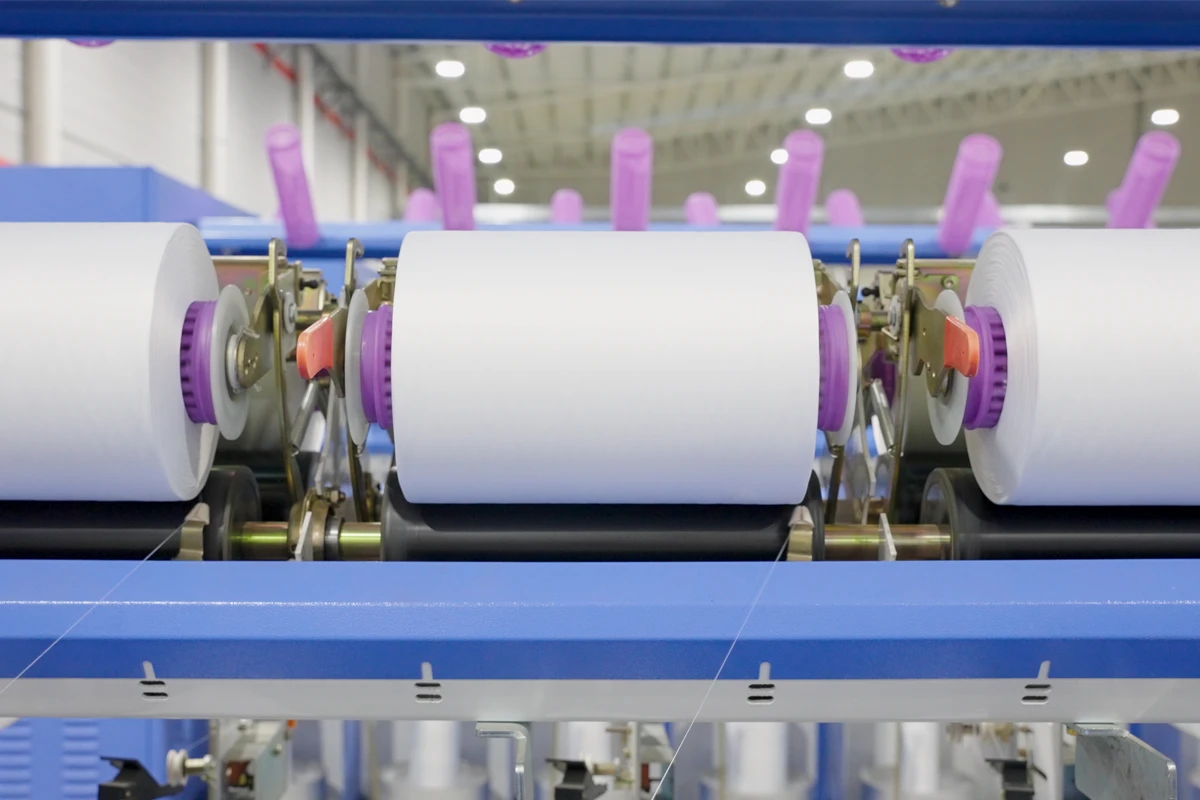
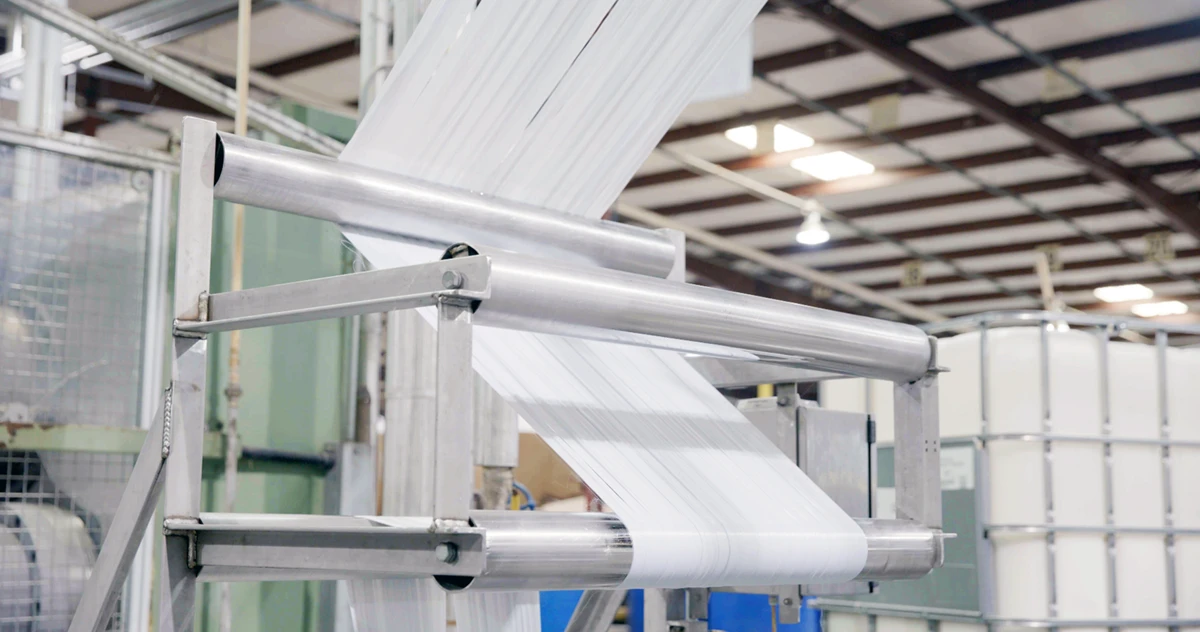
Sourcing Textile Waste – Turning Scraps into Raw Materials
In the early days of Ambercycle, the company received textile waste directly from private citizens. “When we started out, people would mail in their old clothes. They essentially sent us all their unwanted items. Eventually, we had to ask them to stop.”
Today, Ambercycle acquires textile waste from three main sources. “The first is a variety of companies that handle the flow of second-hand clothing donations. These donations can be so large that these companies often can’t sell all the material.”
The second source is production offcuts. “There’s a lot of waste in manufacturing. When you cut a T-shirt out of a square piece of fabric, all the leftover scraps end up on the floor and are often incinerated for energy.” The third stream comes from a series of in-store take-back programs run by some partner companies.
What Sets Ambercycle’s Technology Apart?
“The real breakthrough, the fundamental difference, is that our process operates at an extremely low temperature.” In addition, the speed of Ambercycle’s process is high—about two hours from start to finish—allowing ample scalability. “It’s really thanks to the hard work of some very smart colleagues that we’ve gone from a lab-scale process to a much bigger scale.”
“Today, polyester is a major problem for the industry. It’s one of the most polluting fibers in the world.” According to the “Materials Market Report 2024” by Textile Exchange, the production of virgin, fossil-based synthetic fibers increased in 2023, rising from 67 million tons to 75 million tons. Polyester remains the most-produced fiber globally, exceeding half of the world’s total textile output. Meanwhile, interest in recycled synthetic fabrics has dipped: although the production of recycled polyester fibers has seen a slight uptick, the overall market share for recycled polyester has fallen.
There are several reasons behind this downturn. Producing virgin synthetic fibers is still economically advantageous, and the recycling technologies for these materials still have limitations. The combined effect is that less than 1% of the global textile market is currently made up of recycled textiles, both pre- and post-consumer. “The process we’ve developed will significantly reduce this material’s carbon footprint, which is really exciting.”
The cycora® regenerated material developed by Ambercycle offsets nearly half of the CO₂ emissions associated with producing virgin polyester. It is further estimated that adopting their technology across the textile sector could offset over 15% of the overall global emissions from the apparel industry.
A Closer Look at Molecular Regeneration
For a process so chemically complex, Ambercycle’s system relies on relatively few machines. “It starts with shredding, so we have a shredder where the clothes go in. They arrive in plastic bags like those people use at home for donations. The garments are put into the shredder, and the fibers get broken down. From there, the material is moved by air into large stainless-steel tanks,” Sethi explained.
The process then continues in metal tanks equipped with a mixer, along with some support units and heating and cooling equipment. The output is a small pelletizing machine that produces the tiny chips from which regenerated polyester is derived. “It’s a pretty straightforward system, but we spent a lot of time optimizing it.”
Shay Sethi
Shay Sethi studied biochemistry and molecular biology at the University of California, Davis. In 2015, he co-founded the textile company Ambercycle.
Roberta Fabbrocino
